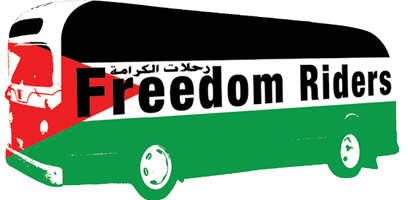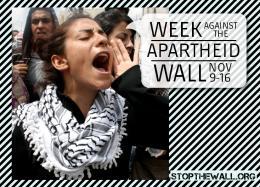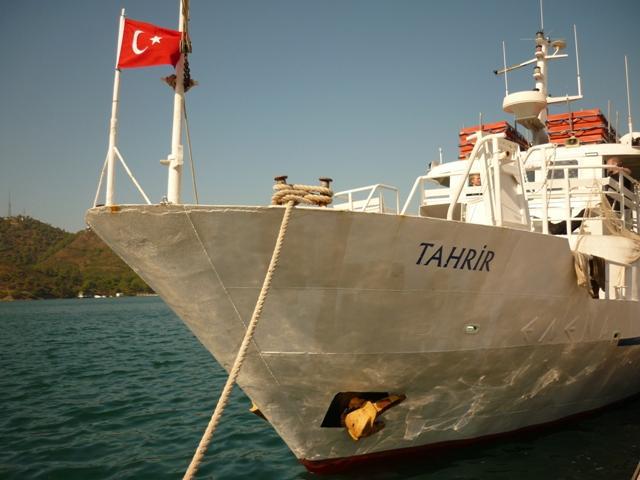Tag: Global Actions
-
Solidarity with the Palestinian Freedom Riders
10 November 2011 | Jewish Voice for Peace On November 15th, Palestinian activists will attempt to board segregated Israeli settler public transport headed to occupied East Jerusalem in an act of civil disobedience inspired by the Freedom Riders of the U.S. Civil Rights Movement. Fifty years after the U.S. Freedom Riders staged mixed-race bus rides…
-
Global week of action against Israel’s wall in the West Bank
by Nora Barrows-Friedman 9 November 2011 | The Electronic Intifada Since the beginning stages of Israel’s implementation and continued construction of its illegal wall in the occupied West Bank nearly ten years ago — and compounded with the International Court of Justice’s (ICJ) ruling in 2004 that the wall is in violation of several international…
-
Act now to defend today’s boats to Gaza
2 November 2011 | International Solidarity Movement, Gaza Two boats, called “Freedom Waves to Gaza,” are now traveling on the high seas to the besieged Gaza Strip. Their civilian passengers include people from five countries, including Palestinians from 1948. This is another non-violent attempt to break Israel’s siege, an illegal policy that has forced Gaza’s…



